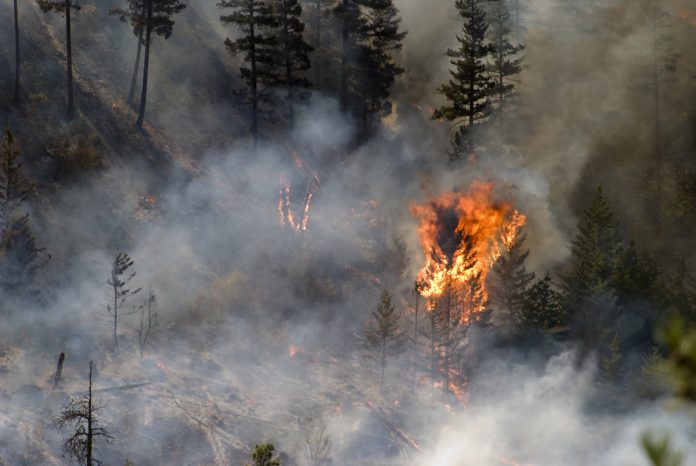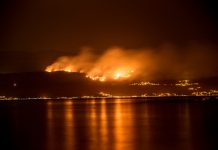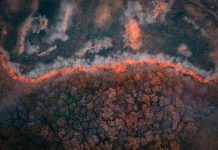As Canada emerges from a winter marked by unusually warm temperatures and little snowfall, the government is gearing up for what could be another intense wildfire season
With climate change increasingly involved in worsening these natural disasters, officials are taking proactive measures to mitigate the potential devastation.
Wildfires in Canada
Last year, Canada faced its most devastating wildfire season on record, with 15 million hectares of forest consumed by flames. Harjit Sajjan, the minister for emergency preparedness, has cautioned that this year may surpass the previous in severity, with southern Alberta, British Columbia, and Southern Ontario already experiencing extreme drought conditions.
The combination of above-normal temperatures and earlier snow-melts has set the stage for an early onset of wildfires. The Guardian reported that Minister Sajjan emphasised these challenges are likely to continue into the foreseeable future, as climate change continues to disrupt weather patterns and increase the frequency of extreme events.
What is being done to help the situation?
Globally, 2023 was identified as the hottest year on record, further affected by the effects of the recurring El Niño. In 2024, experts predict even higher temperatures, intensifying the risk of wildfires across the country.
To confront this escalating threat, the Canadian government is implementing extensive measures. Minister Sajjan announced a doubling of tax credits for volunteer firefighters and substantial financial aid to regions for the purchase of specialised firefighting equipment. An extra 1,000 community-based firefighters will undergo training to help strengthen response capabilities.
Last year’s season claimed the lives of eight firefighters and displaced over 230,000 individuals from their homes. International assistance was key, with thousands of firefighters from countries like South Africa and Spain helping alongside Canadian armed forces.
The economic toll on wildfires in Canada
The economic toll of these disasters is important, with severe weather events in 2023 resulting in over $3.1 billion in insured damages, according to government estimates.
British Columbia, one of the regions most exposed to wildfires, has issued its warnings. The province’s snowpack levels are at their lowest since 1970, showing elevated vulnerability to fire outbreaks.
The worsening effects of climate change
The link between climate change and the increasing frequency of extreme wildfires is clear. Rising temperatures, prolonged heat waves, and decreased moisture levels in vegetation create ideal conditions for rapid fire spread, particularly when paired with strong winds.
While wildfires are a natural occurrence, the changing climate significantly amplifies their destructive potential. The UN’s climate body stresses that climate change is not solely responsible for starting fires, but it facilitates the conditions that enable their growth and intensity.














